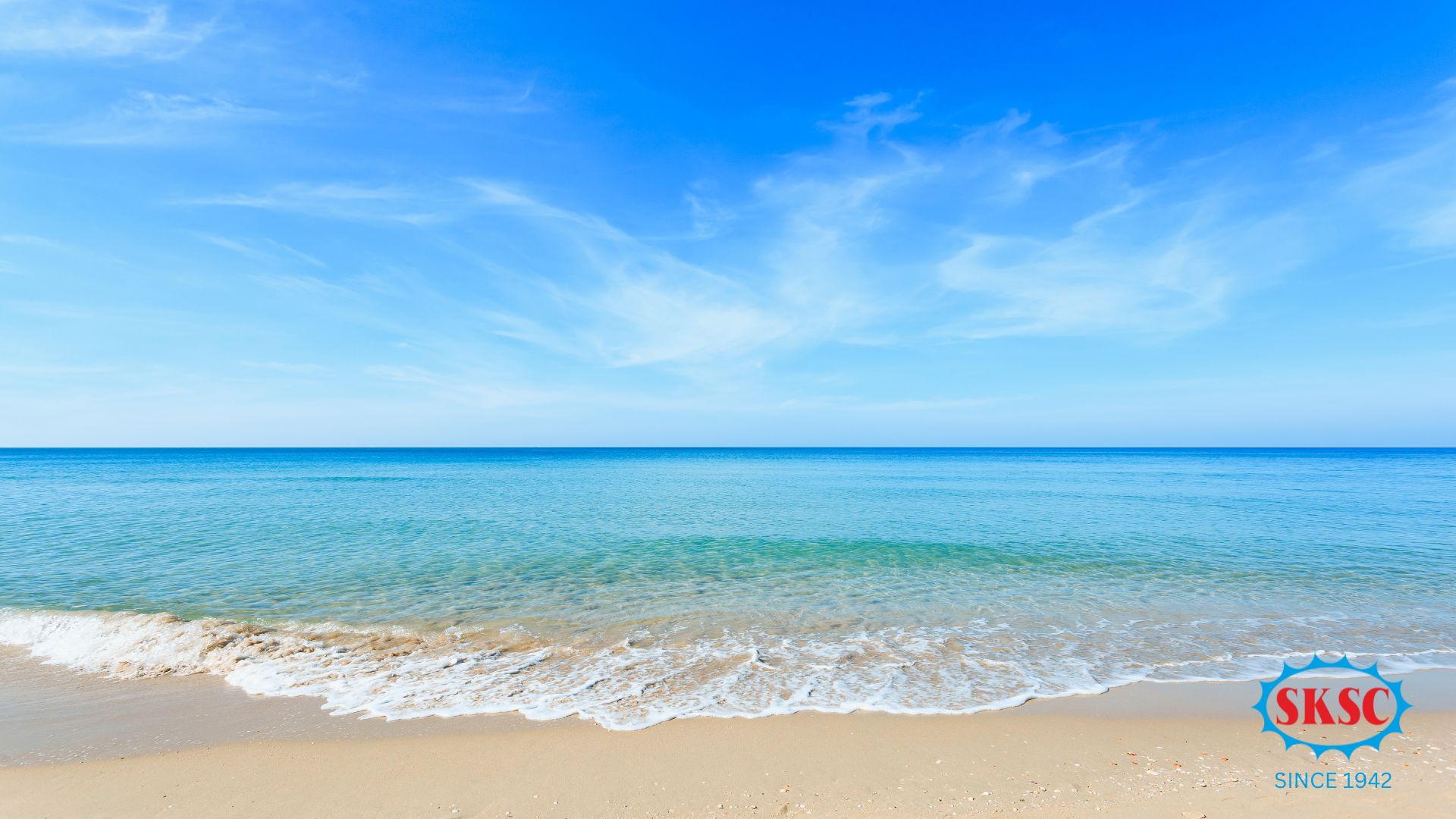
Salinity on top ocean floors & Arctic.
Runoff from land
Rainwater is a type of saltwater that is slightly acidic due to the carbon dioxide dissolved in the air. When raindrops fall on rocks, they release mineral salts that break down into ions, which are then transported by the runoff water until they reach the sea. The majority of the ions in saltwater come from the sodium and chloride compounds, which are the main components of cooking salt.
Vents on the sea floor
Another source of salt in the ocean is hydrothermal fluids. Ocean water flows through seabed cracks and is heated by molten lava from the Earth’s core. Heat triggers a range of chemical reactions. Water typically loses oxygen, magnesium and sulphates, while it picks up metals such as iron, zinc and copper from surrounding rocks. The metals are carried off by the hot water as it is discharged from seabed vents. Some ocean salts form during underwater volcanic eruptions, releasing minerals directly into the ocean.
Salinity levels on oceans
The average salt content of seawater is about 3.5 percent. As water evaporates from landlocked bodies of water, salt is left behind. The saltiness (or salinity, as scientists call it) of seawater varies widely across the ocean basin. Scientists refer to salt as “parts per thousand” (ppt), which is the total amount of dissolved salt (grams) in a kilogram of water. Salinity tends to be lower at equator and poles, but rises in the areas between. For example, the Mediterranean Sea is saltier than most of the Atlantic Basin. Some lakes, like the Mono Lake in California and the Caspian Sea in Asia, are saltier than others. Evaporation of isolated bodies of water can cause them to become extremely salty or hypersaline. The salt levels continue to increase over time. A good example of this is the salt content of the Dead Sea, which dramatically increases the water density of the sea, allowing humans to swim much more than they would in the ocean. Many of these salt lakes are located in arid regions with little rainfall and warm temperatures during the day.
Salinity levels on the vast Arctic
Low salinity is found in polar seas where saltwater is dissolved by melting ice and continuous precipitation. Low salinity may also be found in partly landlocked seas or in coastal inlets which receive significant runoff from rainfall falling on land. Although the saltwater in the polar regions is usually fresher than in other oceans, salinity levels range from 30-34 psu, depending on the region. Areas with heavy river inflow may have even lower levels. On the other hand, the Southern Ocean basin is characterised by high sea surface (SSS) salinity (30-34 psu) north of the subtropical front, large gradients of salinity across main polar fronts, as well as low surface salinity south of the polar front in the Antarctic Zone
S.K.S.C.NADARAJAN & BROR.
Salt company since 1942
Tuticorin Salt | crystal salt | crushed salt | relish freeflow salt | fine salt | coarse salt | size salt | Salt supplier | Kerala salt supplier | South indian salt export | South India salt company | thoothukudi saltern | Tuticorin saltern | deicing salt exporter | deicing salt tuticorin | Thoothukudi salt exporter | Thoothukudi traditional salt | Sea salt tuticorin | Sea salt Thoothukudi | Thoothukudi salt | salt exporter tuticorin | salt Thoothukudi | SKSC salt | India old salt company | Salt company India | Salt company tamil nadu | Salt company Tuticorin | Tamil nadu Salt | India Salt | powder salt | natural salt india
